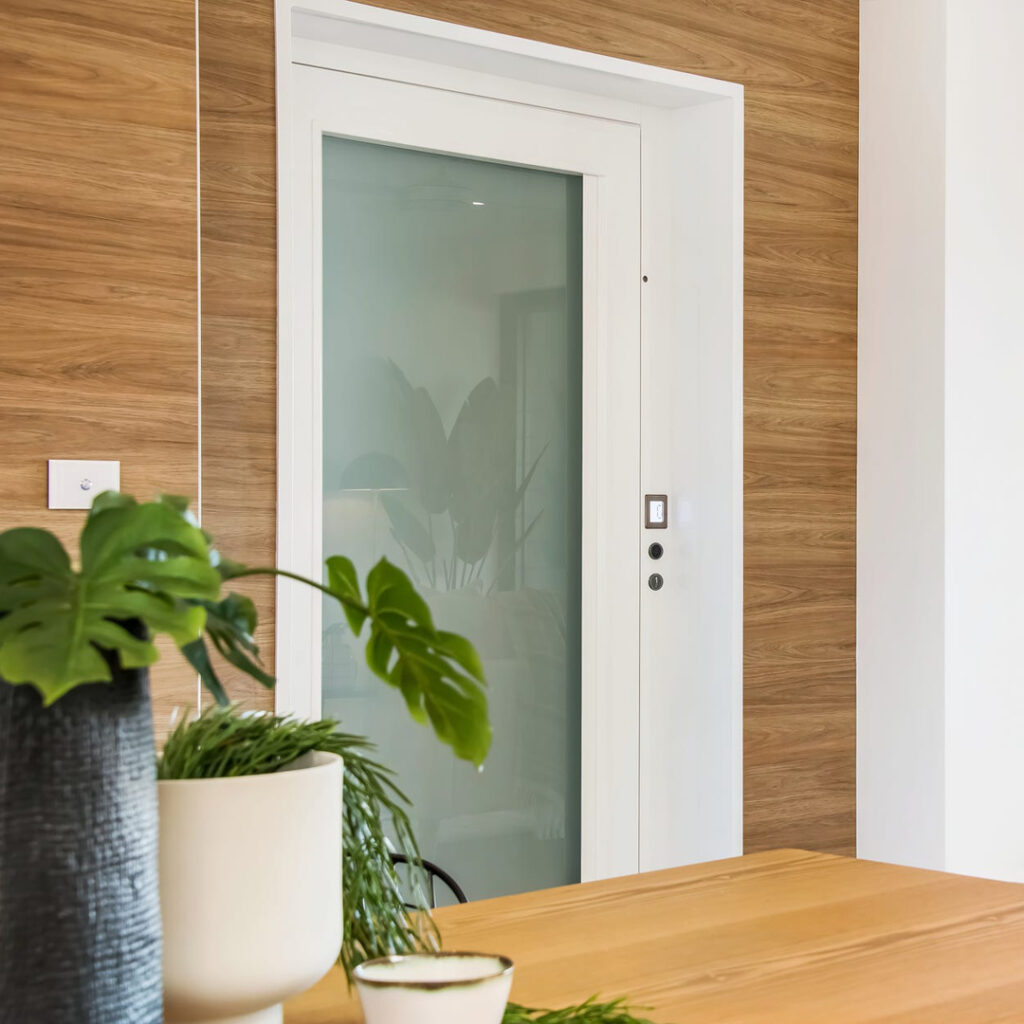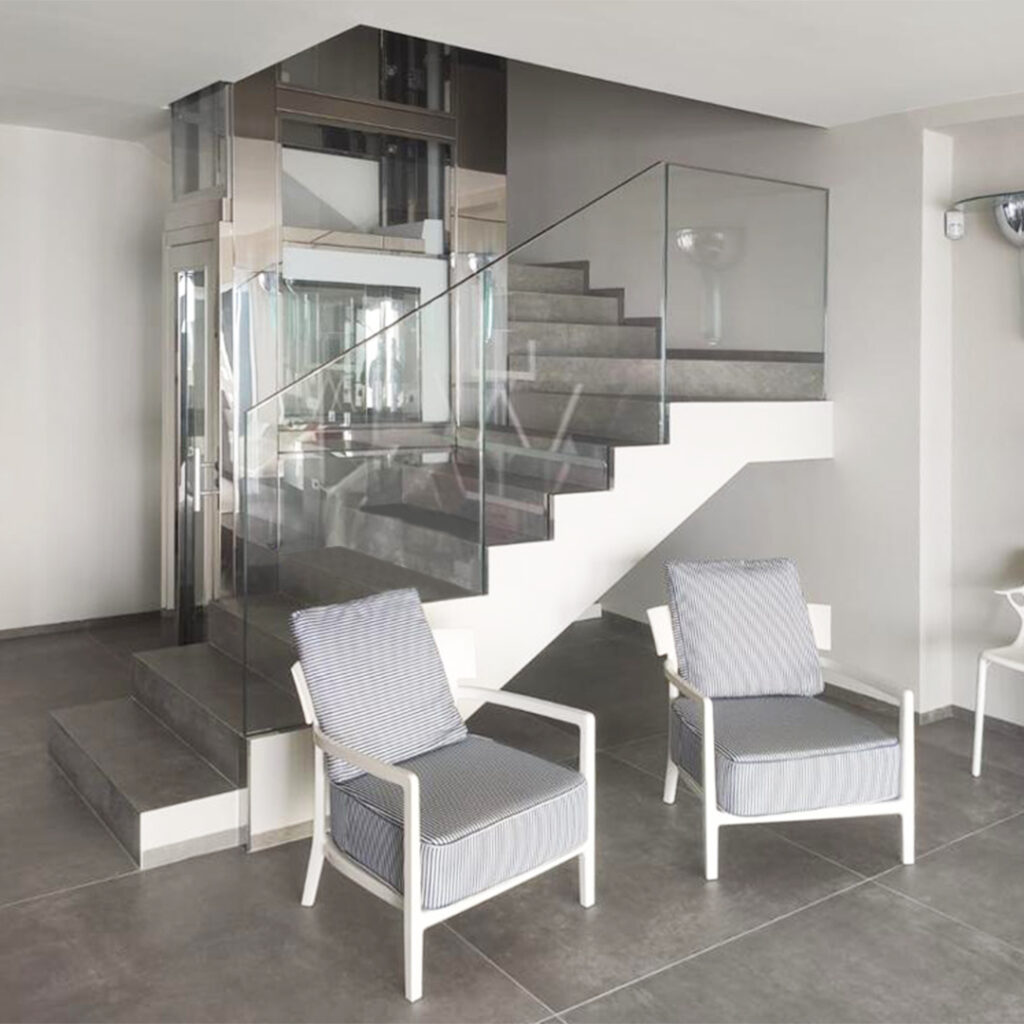Thanks to the tax benefits for homelifts, they represent the ideal solution for ensuring vertical mobility within the building.
Together with the stair lift, it is probably the best way to break down architectural barriers in every home. Here are the tax benefits for homelifts from which you can benefit.
In recent years, more and more people are deciding to install a homelift in their home. However, do not be misled by the name: this is not a miniature lift, but a lifting system with very specific characteristics. We are talking about an instrument that is fully adaptable to any type of home, even those with a few floors, and the tax advantages of homelifts make it an even more convenient choice.
If the installation of the homelift does not require structural work or is exclusively indoors, there will be no need to apply for the appropriate permits. Running on 220 V electricity, there will also be no need to adapt one’s electrical system. Let’s move on, however, to the tax benefits for homelifts, which can be accessed in 2023: we are talking about a fundamental support, capable of restoring freedom of movement to the most frail people in the home.


Tax benefits for homelifts
Different countries present diversified regulations in terms of tax benefits linked to the installation of a homelift. Such benefits are generally are usually connected to certain prerequisites, such as the renovation of an old building or the elimination of existing architectural barriers in case of people with disability. For example, in Italy, the installation of homelifts to break down architectural barriers allows buyer to benefit of a bonus covering 75% of the expenses. Similar measures can be found in other countries such as Germany or France, making the purchase of a homelift even more advantageous.